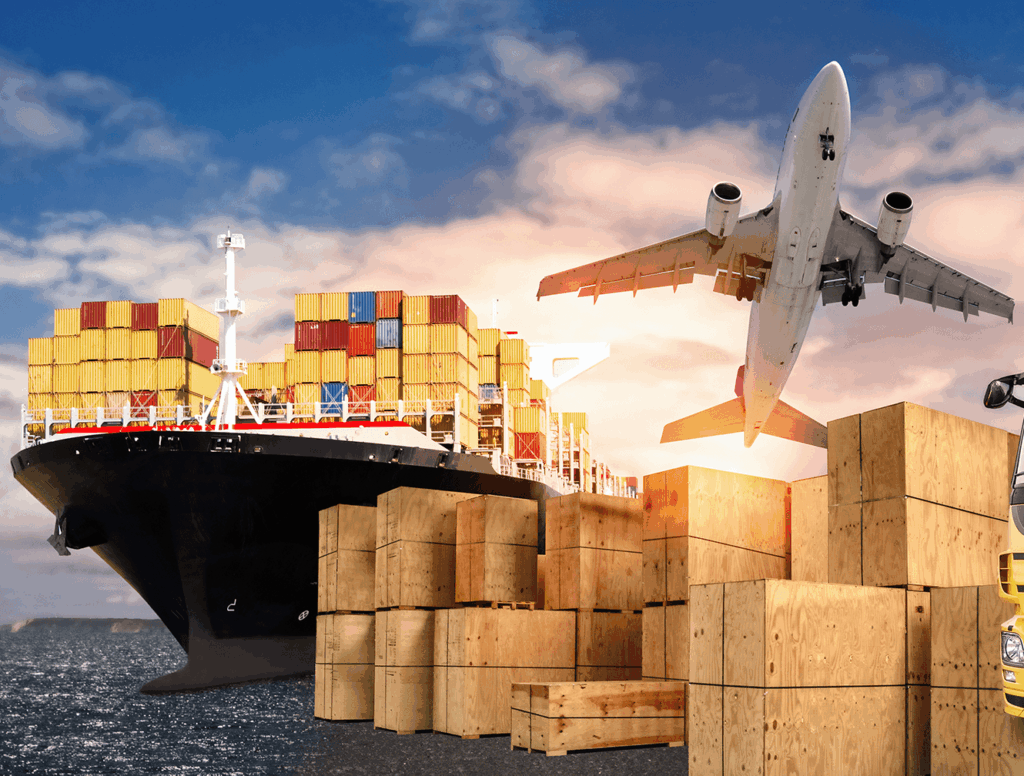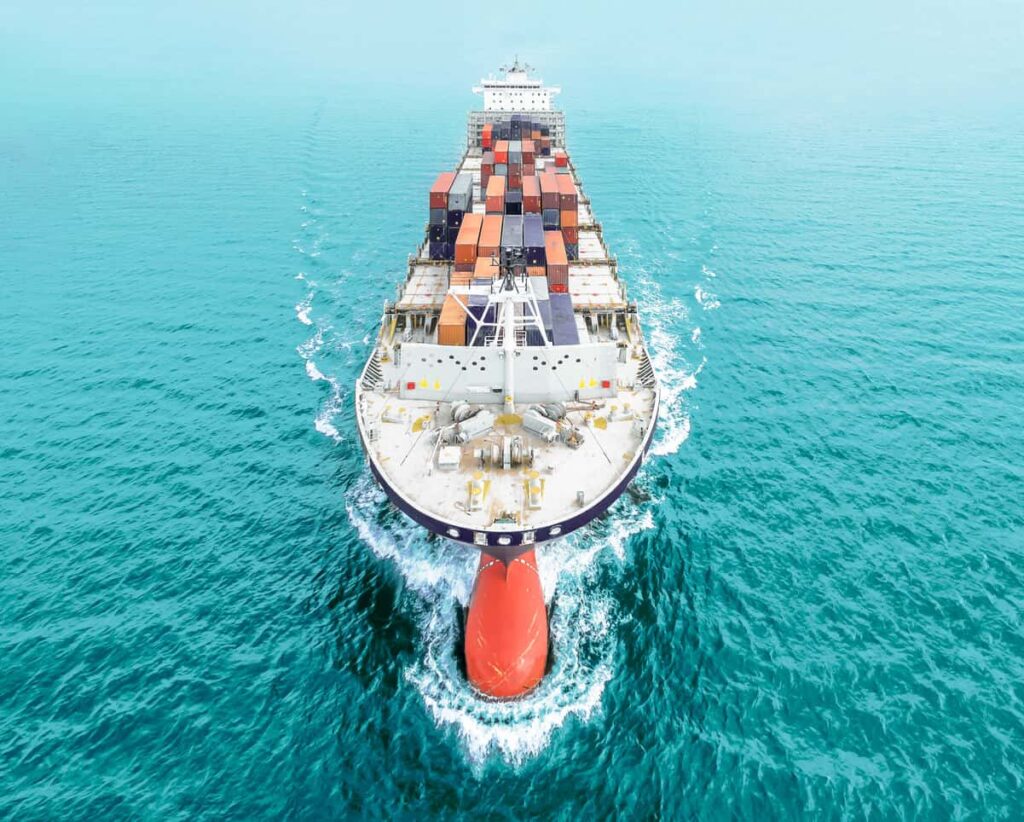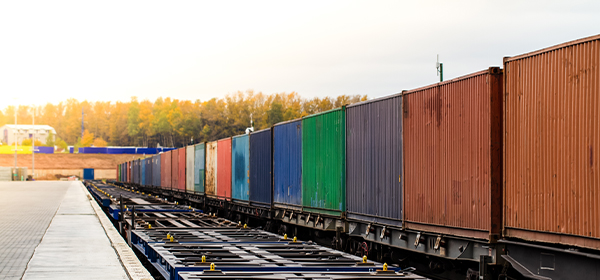- By TOP CHINA FREIGHT
- August 29, 2025
- Shipping
“How much is shipping to China?” is one of the most common questions businesses and individuals ask in 2025. Whether you’re returning goods to a Chinese supplier, exporting components for manufacturing, or sending personal effects, understanding shipping costs is critical for planning your budget and timelines.

1.Main Factors Affecting Shipping Costs to China
Agreements like FOB, CIF, or DAP determine who pays for transportation, insurance, and customs duties.
Sea freight, air freight, rail, or express courier options have very different pricing structures.
Charges for warehousing, container handling, or customs inspections can add up quickly.
Long-haul or less common lanes may have higher surcharges.
Heavier or bulkier goods raise rates, particularly for air and express services.
Holidays like Chinese New Year or Golden Week push rates higher.
2.Sea Freight to China

Sea freight remains the most affordable option for large shipments. It’s ideal for goods that are not time-sensitive.
Transit Time:
- 20–40 days depending on the route and transshipments
Average Cost:
- 20ft Container: $1,000 – $3,000
- 40ft Container: $1,800 – $5,000
| Container Size | Average Cost (USD) | Suitable For |
|---|---|---|
| 20ft Container | $1,000 – $3,000 | Small bulk shipments, medium goods |
| 40ft Container | $1,800 – $5,000 | High-volume or heavy goods |
Pros:
- Cost-effective for heavy and bulky shipments
- Best option for non-urgent cargo
Cons:
- Slower transit time
- Prone to port congestion during peak seasons
3.Air Freight to China

Air freight is the fastest option, often used for urgent or high-value shipments.
Transit Time:
- 3–7 days
Average Cost:
- $5–$10 per kg
| Cargo Type | Approx. Cost per kg | Ideal For |
|---|---|---|
| Small parcels | $5 – $7 | Samples, prototypes, documents |
| High-value goods | $8 – $10 | Electronics, jewelry, urgent goods |
Pros:
- Speed and reliability
- Secure for sensitive goods
Cons:
- High cost for large or heavy shipments
4.Express Courier Services

Express options like DHL, FedEx, UPS, or SF Express are best for small packages or e-commerce shipments.
Transit Time:
- 2–5 days
Average Cost:
- $20–$40 per kg
Best For:
- Documents, e-commerce parcels, small urgent packages
Tips:
- Use bulk discount programs for frequent shipments.
- Check for remote area surcharges before booking.
5.Rail Freight to China

Rail freight is a middle-ground option between sea and air.
Transit Time:
- 15–20 days
Average Cost:
- $0.60–$1.20 per kg
Popular Routes:
- Europe to China via the China-Europe Rail Corridor
- Central Asia to China via Belt and Road rail lines
| Mode | Transit Time | Approx. Cost | Best For |
|---|---|---|---|
| Rail Freight | 15–20 days | $0.60–$1.20/kg | Medium-volume, semi-urgent cargo |
6.Hidden Fees to Watch Out For
To avoid budget surprises, always account for these extra charges:
- Port handling fees
- Customs clearance fees
- Warehousing or demurrage fees for delayed pickups
- Insurance for high-value shipments
- Documentation charges
7.Regional Shipping Costs to China
Shipping rates also vary based on the origin country.
| Origin | Transport Mode | Average Cost | Transit Time |
|---|---|---|---|
| USA to China | Sea | $1,800 – $4,500 per 40ft | 25–40 days |
| Europe to China | Rail | $0.80 – $1.20 per kg | 15–20 days |
| Australia to China | Sea | $1,500 – $3,000 per 40ft | 18–25 days |
| Middle East to China | Sea | $1,200 – $2,500 per 40ft | 15–22 days |
8.Cost-Saving Strategies
Book space ahead of peak seasons.
Use Less-than-Container Load (LCL) for smaller cargo.
Perfect for moderate-speed, cost-effective transport.
Regular shippers often secure better rates.
A trusted partner can help avoid unnecessary fees and delays.
9.Customs and Compliance
Efficient customs handling is crucial for controlling costs:
- Prepare accurate HS codes.
- Ensure all invoices and packing lists match.
- Understand Chinese import duties and VAT to avoid penalties.
10.Trends Influencing 2025 Freight Costs
1.Oil Price Fluctuations:
Impact fuel surcharges directly.
2.Trade Policy Changes:
Tariffs or restrictions can raise costs.
3.Capacity Changes:
Global port congestion or airline capacity shifts affect rates.
4.Digitalization:
Technology-driven visibility tools are improving efficiency and reducing errors.
11.Choosing the Right Freight Partner

When shipping to China, pick a partner who offers:
- Transparent pricing with no hidden fees
- Strong networks in Chinese ports and airports
- Customs clearance expertise
- Real-time tracking solutions for visibility
Conclusion
Understanding how much shipping to China costs in 2025 depends on shipment size, urgency, and the mode of transport you choose. Sea freight remains the most affordable for bulk goods, air freight ensures speed, express courier suits small urgent packages, and rail freight balances cost and time.
Need a Shipping Quote?
If you want expert guidance and peace of mind, our team is ready to assist.
TJ China Freight offers tailored solutions to help businesses of all sizes ship more reliably from China.
FAQs
Q1:Is insurance mandatory for shipping to China?
While not mandatory, insurance is strongly recommended to protect your goods from loss or damage during transit.
Q2:What’s the cheapest way to ship to China?
For large or heavy cargo, sea freight is typically the cheapest. For small shipments, consolidated express or LCL sea freight can save costs.
Q3:How early should I book during peak season?
At least 4–6 weeks before departure is ideal to secure space and better rates during high-demand periods.
Q4:Do I need a freight forwarder for small shipments?
Not necessarily, but forwarders can help manage paperwork and find the best courier deals even for smaller loads.
Q5:How can I track my shipment?
Most carriers and forwarders provide online tracking portals for real-time updates on your shipment’s status.
